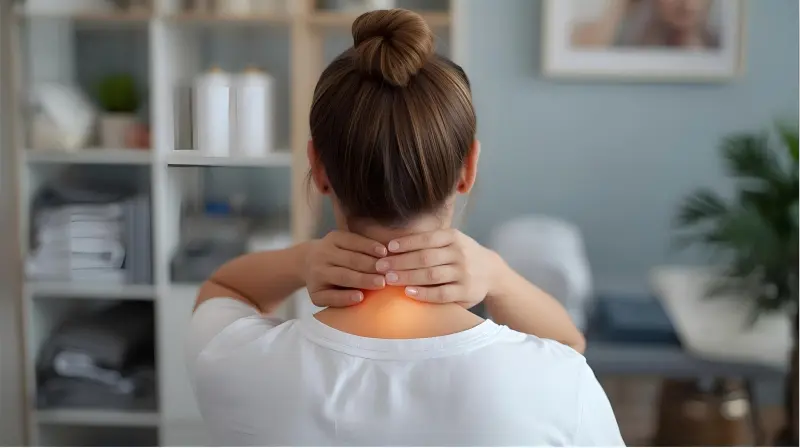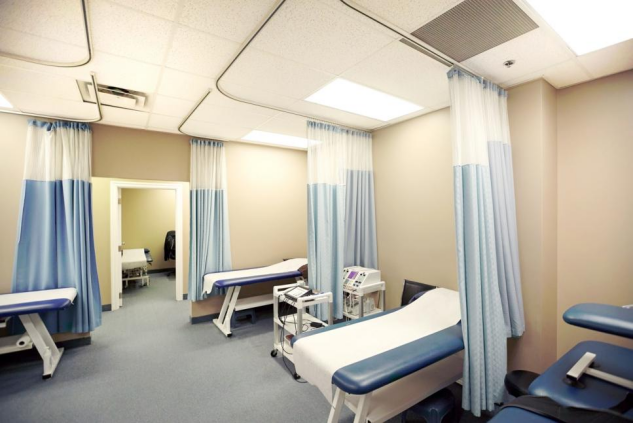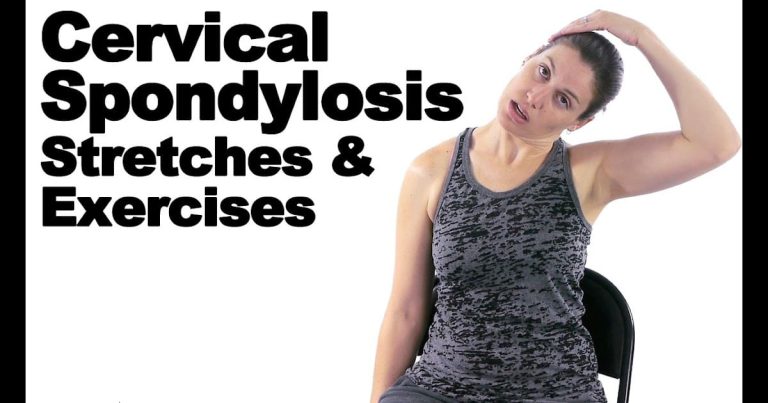Is It Safe to Use a Neck Massager Every Day?
Neck pain, stiffness, and tension are increasingly common in today’s world of desk work, screens, and repetitive motion. Many users wonder: is it safe to use a neck massager every day? The short answer is: yes — but with caution, moderation, and an awareness of your unique health circumstances. Below, we’ll dig into the benefits, the risks, and practical recommendations to help your customers—and potential customers—use a neck massager safely and effectively.
The Benefits of Regular Neck Massage
Before discussing safety, it’s helpful to understand why someone might want to use a neck massager frequently. Some of the main benefits include:
-
Relief of muscle tension and stiffness: Massagers can help reduce tightness in the cervical muscles and connective tissues.
-
Improved circulation: Gentle stimulation can increase local blood flow to fatigued muscle fibers, aiding recovery.
-
Reduced stress and tension headaches: Since neck tension is often a contributing cause to headaches, relaxing those muscles may help reduce frequency or intensity. Healthline+1
-
Better range of motion / flexibility: When muscles are less “locked up,” you may get more freedom of motion in neck rotation or extension.
-
Convenience and accessibility: Having a device at home—or at work—allows users to maintain their wellness routines without always needing to go to a spa or therapist.
A 2021 review of electrically operated massage devices concluded that neck massagers, when used properly, are generally safe and helpful in improving circulation and reducing muscle tension.
However, even with these benefits, “safe” does not imply “risk-free,” especially if used excessively or improperly. Here are some precautions and suggestions for using neck massager
Key Safety Principles for Daily Use
| Principle | Why It Matters | Practical Tips |
|---|---|---|
| Start gently & incrementally | The neck’s tissues, nerves, and vasculature are sensitive. | Begin with lowest intensity, short duration (e.g. 5–10 min), and gauge how your body reacts. |
| Stay on muscles, avoid arteries / bones | The front or sides of the neck contain carotid arteries; the spine and vertebrae are delicate. | Focus on the posterior neck musculature (e.g. trapezius, semispinalis) and avoid applying a massager over bone, in front of the throat, or very close to the skull base. Many experts explicitly caution against using percussive devices near the carotid zone. Health+2SELF+2 |
| Respect duration limits | Even beneficial stimuli can backfire if overdone. | Limit sessions to 10–20 minutes per area. Some suggestion even shorter (15 min) is safer for regular use. Healthline+1 |
| Vary intensity and frequency | Giving tissues time to recover reduces risk of overuse injury. | Alternate light and moderate settings; skip days if there’s soreness. |
| Stay attuned to your body | Pain, tingling, dizziness, or unsteadiness are red flags. | Stop immediately if you feel anything odd. Monitor for bruising, swelling, or lingering soreness. |
| Check medical history and contraindications | People with certain conditions may be at higher risk of complications. | If a user has cervical spine pathology (e.g. osteoarthritis, disc disease, spinal stenosis, ligament ossification), vascular disease (e.g. carotid disease, plaques), clotting disorders, or recent surgeries, advise consulting a physician first. |
| Use device design features | Modern massagers often have safety features built in. | Auto-shutoff, time limits, preset intensities, and ergonomic designs reduce misuse risk. Encourage users to familiarize themselves with the instruction manual. |
| Complement with other modalities | Massage is not a cure-all; support neck health holistically. | Stretching, posture correction, strengthening of neck/upper back muscles, ergonomic adjustments, regular breaks from screen time—these help reduce dependence on just massage. |
So … Is It Safe to Use a Neck Massager Every Day?
-
Yes—daily use can be safe for many healthy individuals, provided it is done gently, with sound technique, proper device settings, and a willingness to pause when needed.
-
No—it is not risk-free, especially for users with underlying health issues or when devices are used aggressively or incorrectly.
-
Moderation is key. More is not always better—listening to one’s body, rotating intensities, and giving rest days all help reduce the chance of harm.
-
If pain or symptoms persist, don’t just “massage through it.” Persistent neck pain, radiating pain, numbness, or neurological signs warrant medical evaluation. Massage may help symptoms, but it’s never a substitute for diagnosis of serious pathology.
Alphay’s Neck and shoulder massager JKAH-12A is designed with intelligent control to achieve the imitation of professional massage techniques on the neck and shoulder, while combining red light and heat, intelligent air pressure stretching. During the whole massage process, the device help user to maintain the correct physiological position to relax the neck and shoulder muscles.In addition, the device is equipped with overheat protection and 15-minute timer function to avoid excessive massage.







